Description
Sample
Primary Mathematics
Primary Mathematics is the original Singapore math curriculum we introduced to the U.S. in 1998. Written by the Singapore Ministry of Education, it was the series in use when Singapore garnered attention for scoring at the top of international math tests.
Primary Mathematics epitomizes the Singapore Math Approach. The curriculum features the CPA (Concrete, Pictorial, Abstract) progression, number bonds, bar modeling, and a strong focus on fact fluency and mental math. The curriculum balances supervised learning and independent practice. This rigorous program encourages active thinking, communication of mathematical ideas, and problem solving. It lays the foundation students need for more advanced mathematics.
Editions
We carry two editions of Primary Mathematics. All maintain the integrity of the Singapore Math Approach while serving diverse needs.
Primary Mathematics U.S. Edition
This edition is almost identical to the original program used in Singapore with additional content on U.S. measurements and currency.
Primary Mathematics Standards Edition
Written to meet the 2006 Mathematics Contents Standards for California Public School issued prior to the Common Core State Standards, this edition includes probability, data analysis, negative numbers, and coordinate graphing.
Components
Textbooks present new concepts and learning tasks for students to complete with educator supervision, along with practice and review problems. They are designed to be non-consumable and used alongside workbooks. There are two textbooks (A and B) for each grade corresponding to the two halves of the school year.
Workbooks provide additional practice and independent work to solidify the concepts covered in the textbooks. There are two workbooks (A and B) for each grade corresponding to the two halves of the school year.
Teacher’s Guides help educators understand course material within the larger framework and prepare for lessons with detailed, step-by-step plans.
Home Instructor Guides are designed for homeschool use. They provide suggestions for introducing new concepts concretely and using textbooks effectively. They include additional activities for reinforcement, solutions to textbook and workbook problems, and suggested weekly schedules.
As the educator plays an active role in Singapore math programs, it is highly recommended to use a Teacher’s Guide or Home Instructor Guide.
Test books with differentiated assessments help teachers systematically evaluate student progress.
Table of Contents
Introduction
Scheme of Work
Suggested Manipulatives
Supplements
Unit 11: Comparing Numbers
Chapter 1: Comparing Numbers
Chapter 2: Comparison by Subtraction
Unit 12: Graphs
Chapter 1: Picture Graphs
Unit 13: Numbers to 40
Chapter 1: Counting
Chapter 2: Tens and Ones
Chapter 3: Addition and Subtraction
Chapter 4: Adding Three Numbers
Chapter 5: Counting by 2’s
Review Unit 14: Multiplication
Chapter 1: Adding Equal Groups
Chapter 2: Making Multiplication Stories
Chapter 3: Multiplication Within 40
Review
Unit 15: Division
Chapter 1: Sharing and Grouping
Unit 16: Making Halves and Fourths
Chapter 1: Making Halves and Fourths
Unit 17: Time
Chapter 1: Telling Time
Chapter 2: Estimating Time
Review Unit 18: Numbers to 100Chapter 1: Tens and Ones
Chapter 2: Estimation
Chapter 3: Order of Numbers
Chapter 4: Comparing Numbers
Chapter 5: Addition Within 100
Chapter 6: Subtraction Within 100Review Unit 19: Money
Chapter 1: Bills and Coins
Chapter 2: Shopping
Review
Answers to Mental Math
Appendix
Mental Math
Manipulatives
All copyrights reserved by Singapore Math Inc.

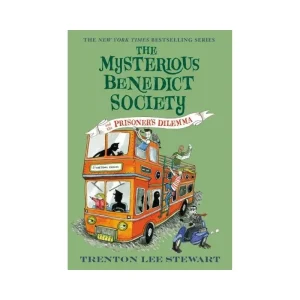


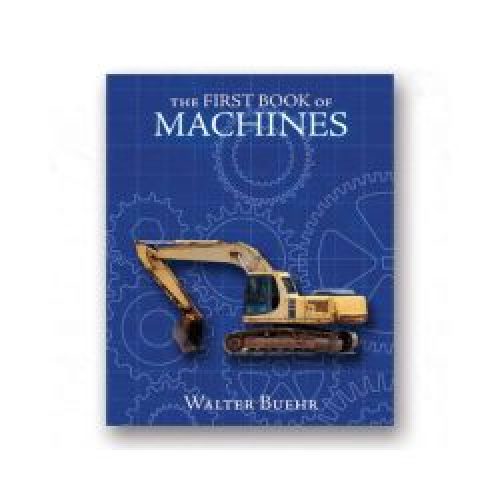
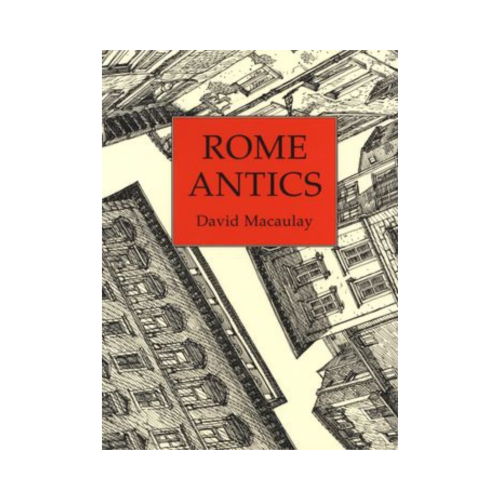
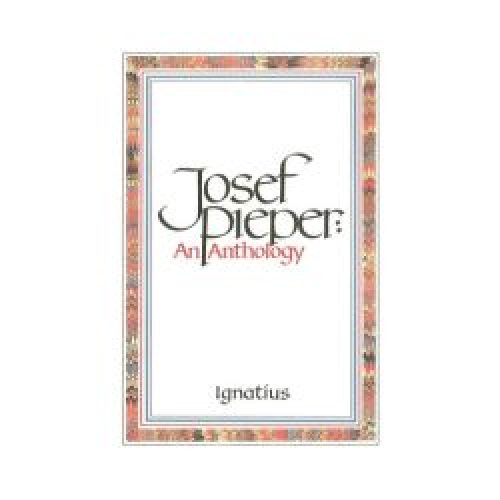



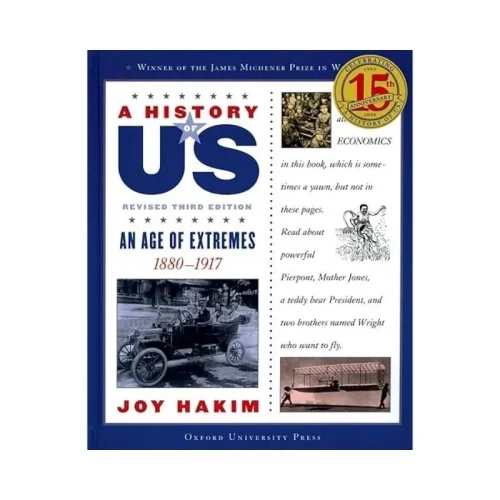
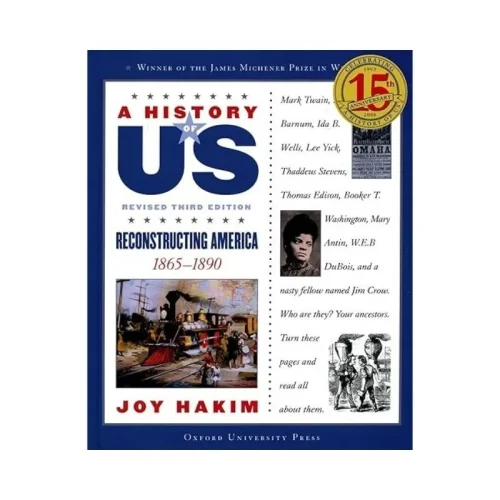

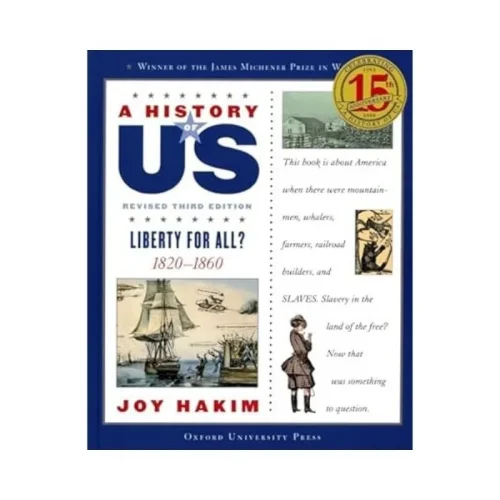

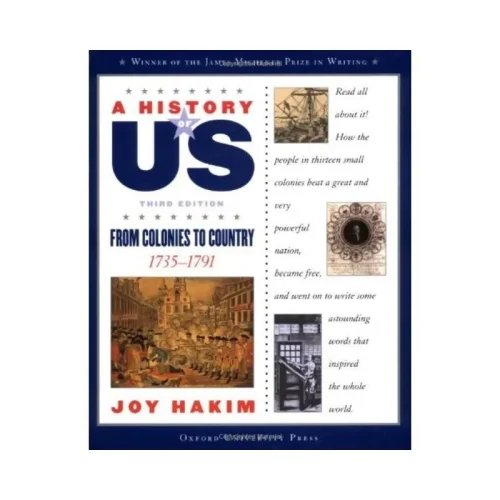
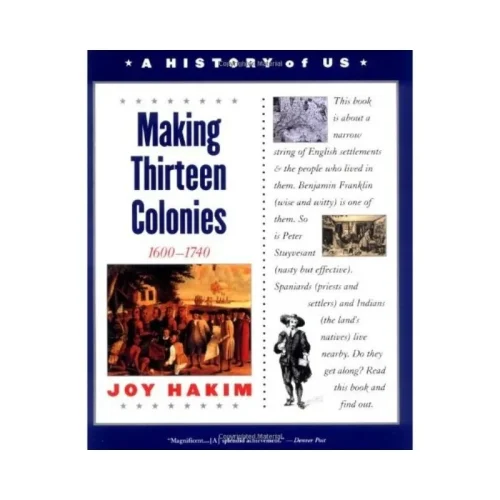


Reviews
There are no reviews yet.